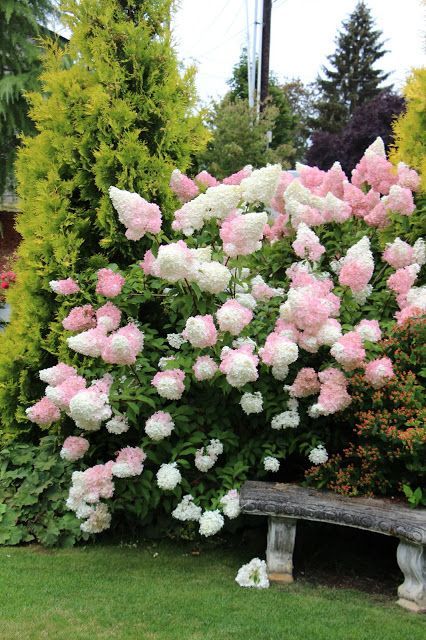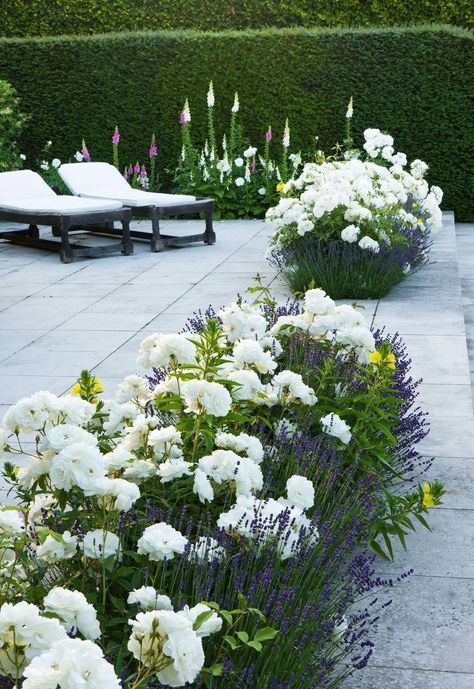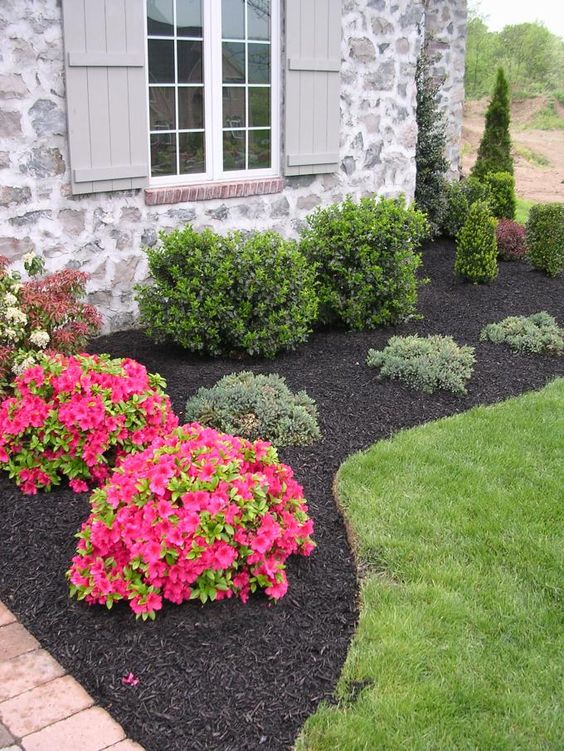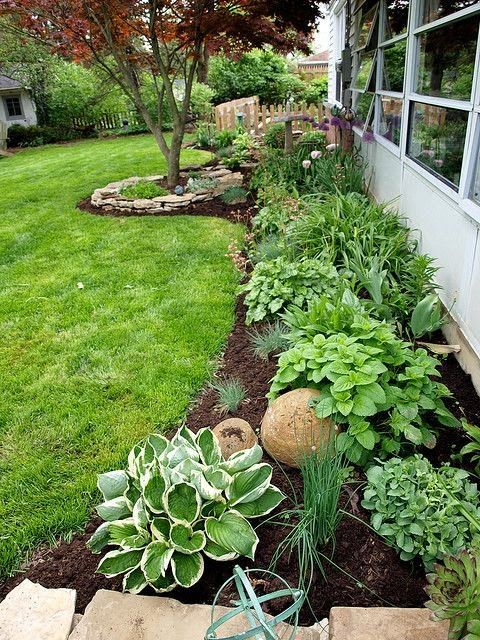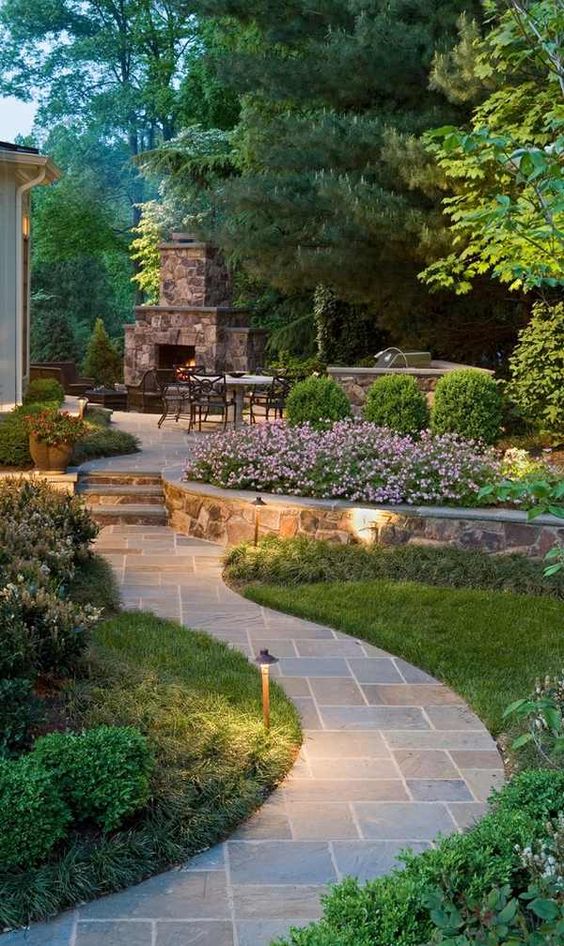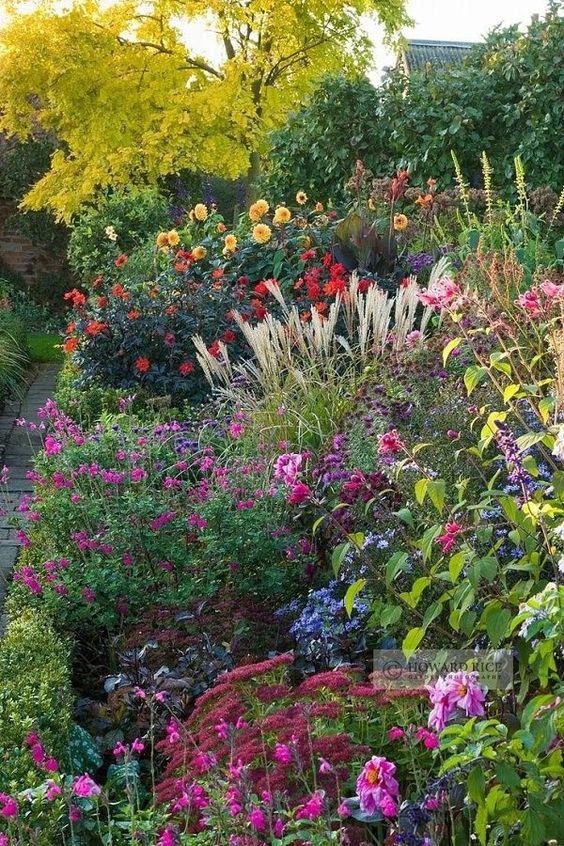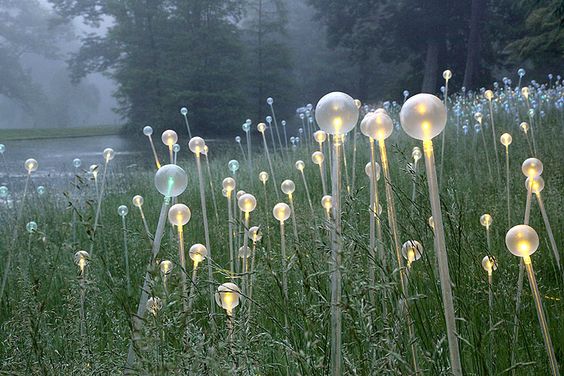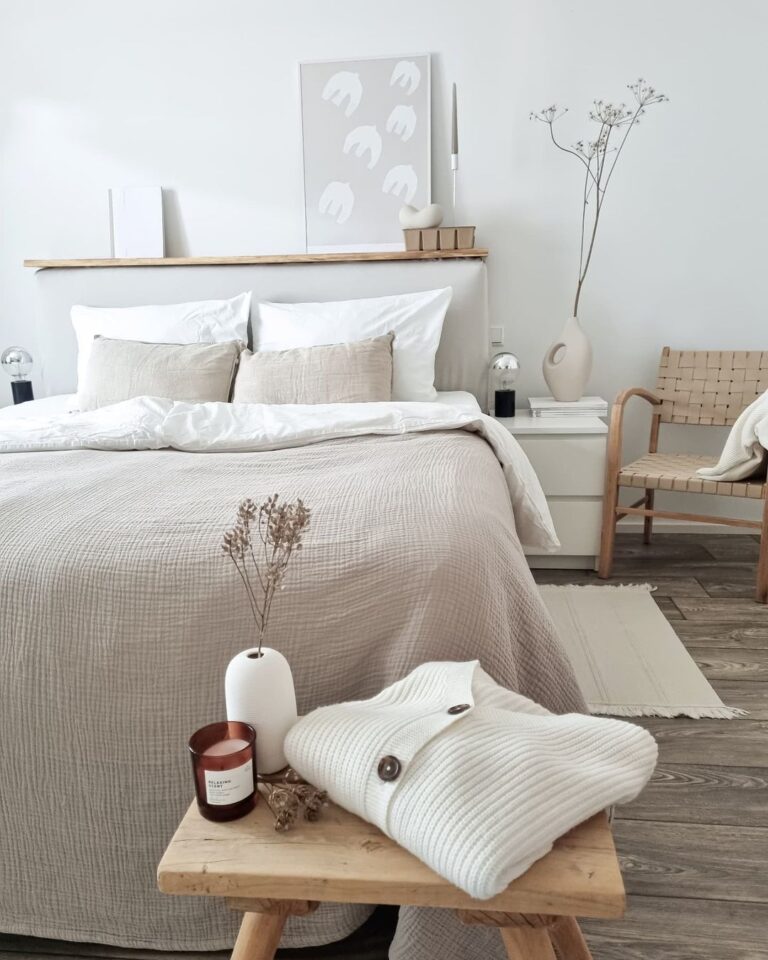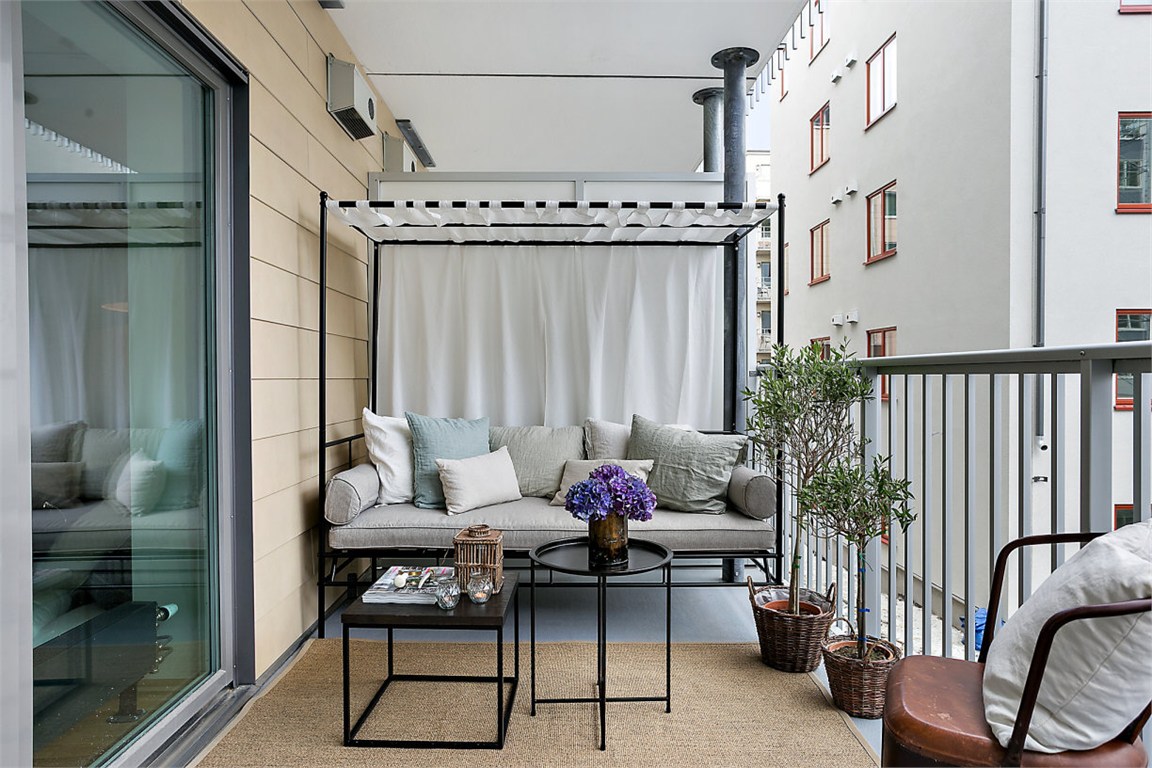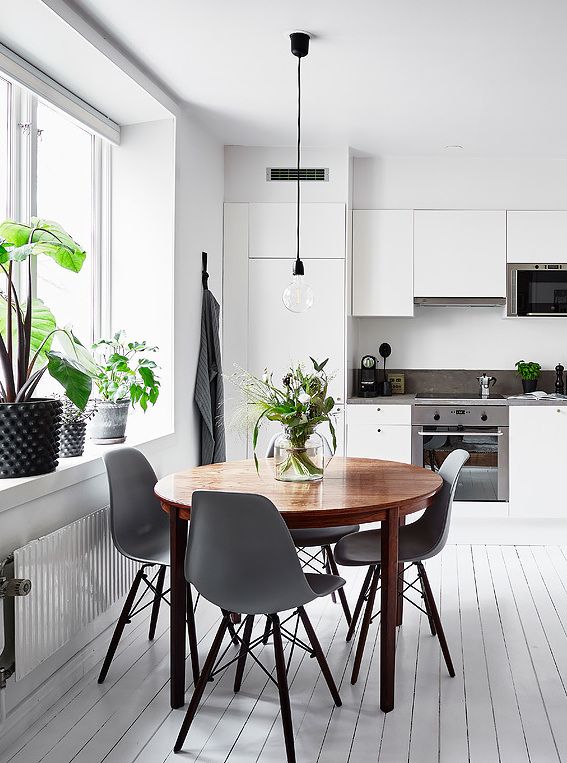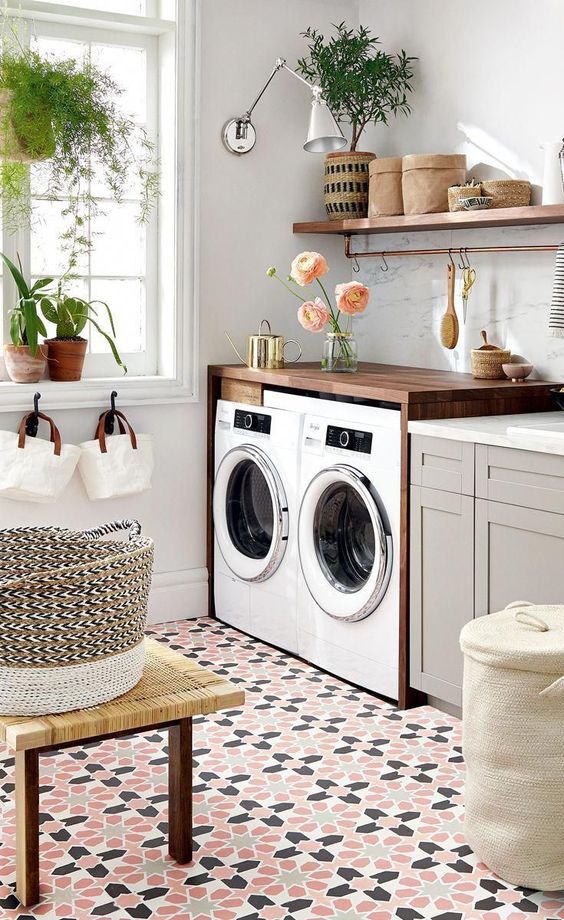The Eco-Friendly Outdoors – 5 Sustainable Tips for Developing a Stylish Backyard
For most gardeners, sustainability is already a subject of interest and enthusiasm.
After all, if you enjoy getting up close and personal with Mother Nature, you’re probably quite passionate about protecting her. Growing plants is itself, a way to give back to the environment. It just comes with the added benefits of a beautiful garden and healthier, cleaner surroundings.
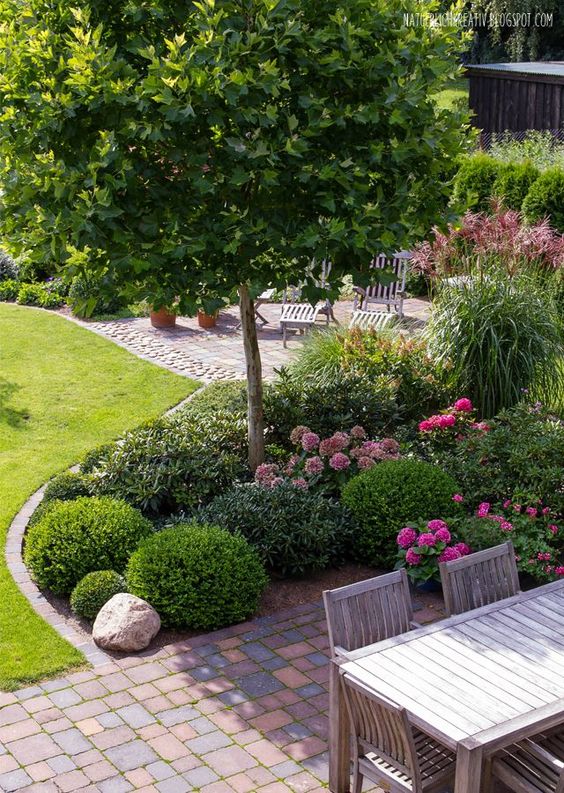
The great thing about gardening is that there’s always a way to boost your green credentials. It doesn’t matter how experienced you are, it’s easy to get in sync with nature and replenish the resources that you use. Whether it’s installing LED garden lights, making a home for wildlife, or just turning waste materials into quirky planters, your actions do make a difference.
Keep reading for advice on how to become a super green, super sustainable gardener.
Ditch the Chemicals
The single best way to give back to your garden is to get rid of harsh pesticides and fertilizers. While it can be difficult to get used to organic methods of control, they are much better for the health of the ground.
Sure, pesticides kill off annoying bugs and critters, but they also get rid of all the helpful creatures which actually eat the pests. Ultimately, an over-reliance on chemicals only makes gardening harder, because it means that you’ll always need to use them.
Mulch and Mulch Again
Instead of depending on herbicides and weed killers, you could try mulching.
This is a simple way to prevent weeds from developing and it helps to conserve soil moisture. All you have to do is use a suitable material to cover up flower beds and other vulnerable areas.
You can buy mulch or you can create it from a broad variety of materials.
Pine needles, grass clippings, wood chip, straw, and even seaweed all make great mulch. Just 2-3 inches of this material spread around the weed prone spots should be enough to provide protection.
Stick with Natives
It is always easier to plant species which are native to the region than it is to try and raise unacquainted ones. Native plants are usually a perfect fit for the soil, climate, and rainfall conditions, so they thrive with little maintenance.
This means that they need less work and water which makes them a lot more eco-friendly. Also, native species are very helpful for local wildlife. They are a source of food and shelter, particularly during turbulent weather.
Fall in Love with Perennials
Perennials are a dependable friend for green gardeners.
They live a long time (at least two years) and, if you can keep them healthy, they’ll continue to bloom in the spring. Plus, you can buy pretty small plants and they’ll expand in size every year.
Before you buy, you might want to do a little research on the best perennials for your specific climate zone. These species are generally pretty hardy, but you’ll save on water and effort if you pick plants which are perfect for the region.
Install LED Lights
Once you’ve started growing and you’re happy with the progress that your eco-garden is making, it’s time to add a few decorative touches. In Australia, homeowners are blessed with a fantastic climate and it’s often possible to spend long evenings outdoors.
If this is something that you like to do, either alone or with friends, think about installing LED lights. They are extremely energy efficient and, when used in the garden, can easily last several decades. This means that you’re paying less than one cent each year to power them.
Why Green Gardening Is Easier Than You Think
The reality is that you don’t need to change much to become a more sustainable gardener.
It only takes a few small steps and a couple of alternative choices to create a nurturing environment for plants, wildlife, and for yourself. It’s just a matter of taking a little more care when shopping for resources so that you can find that balance between giving and consuming.

